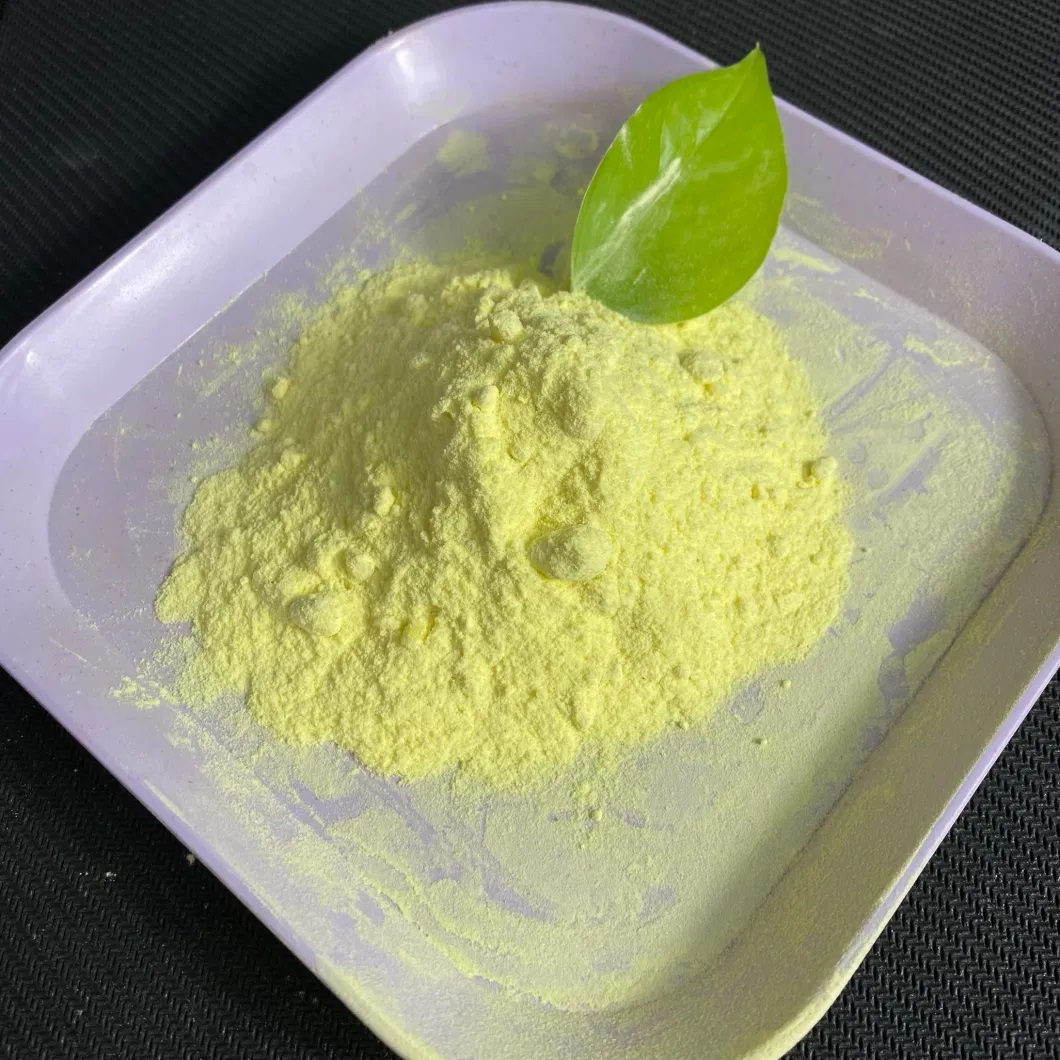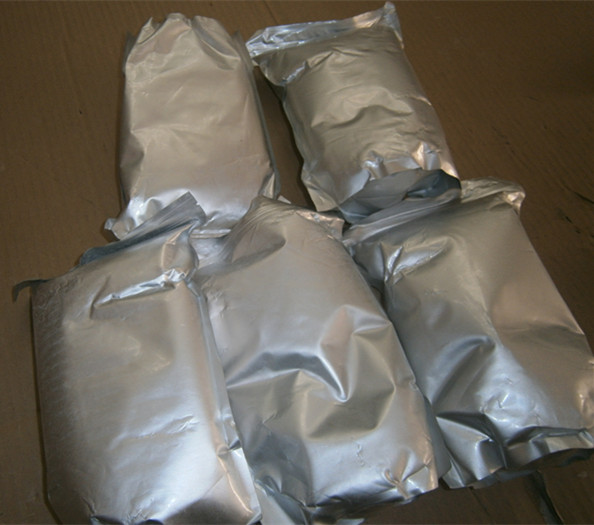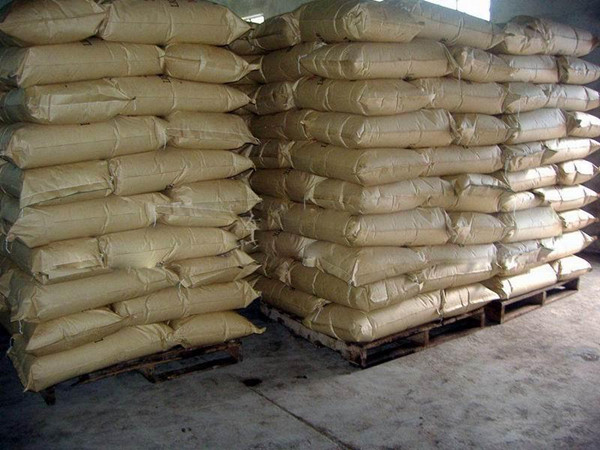Product Description
3,5-Di-tert-butylsalicylaldehyde CAS 37942-07-7
-
37942-07-7
-
-
Entrepreneur
-
White to Yellow Powder
-
99% Min

Product Name: 3,5-Di-tert-butylsalicylaldehyde
Cas No.: 37942-07-7
Molecular Formula: C15H22O2
Molecular Weight: 234.33
Appearance: White to yellow powder
Density: 1.006
Purity: 99% Min
Solubility: Soluble in DMSO and methanol.
Boiling point: 277.6 °C at 760 mmHg
Melting point: 58-60℃
Flash point: 116.1 °C
Refractive index: 1.527
Other Names:
3,5-Bis(1,1-dimethylethyl)-2-hydroxybenzaldehyde
Salicylaldehyde, 3,5-di-tert-butyl-
2-Hydroxy-3,5-di-tert-butylbenzaldehyde
Description:
3,5-Di-tert-butylsalicylaldehyde, also known as 3,5-Di-tert-butyl-2-hydroxybenzaldehyde, is an organic intermediate, which can be prepared from 2, 4-di-tert-butylphenol through one-step reaction. It has been reported that it can be used to prepare dimethyl ethylenediamine tert-butylphenol and (S,S)-salenCo (II) catalyst.
3,5-Di-tert-butylsalicylaldehyde is used in the synthesis of Mn(III)-salen complex and its diamino precursor 5,6-diamino-5,6-dideoxy-1,2-O-isopropylidene-3-O-methyl-β-L-idofuranose, chiral Schiff base ligand for an enantioselective copper-catalyzed addition of phenyl acetylene to imines, chiral oxazolidine ligand for the enantioselective addition of diethyl zinc to aldehydes and tin Schiff base complexes with histidine analogues.
3,5-Di-tert-butylsalicylaldehyde is a salicylaldehyde derivative with antibacterial activity used in the preparation nickel complexes. 3,5-Di-tert-butylsalicylaldehyde is structurally related to 3,5-di-t-butylcatechol (DTCAT) but is not as potent an activator of rat skeletal muscle ryanodine receptor Ca2+ channel (RyRC).
Features:
1. Steric Hindrance:
3,5-Di-tert-butylsalicylaldehyde contains two bulky tert-butyl groups attached to the phenolic ring. This steric hindrance restricts molecular interactions, making it challenging for other molecules or metal ions to access specific reactive sites.
2. Antibacterial Activity:
The compound exhibits antibacterial properties, which can be beneficial in various applications, such as antimicrobial coatings or additives in certain products.
3. Coordination Chemistry:
3,5-Di-tert-butylsalicylaldehyde can serve as a ligand in coordination complexes with various metal ions. Its steric hindrance influences the geometry and stability of the resulting metal complexes.
4. Chirality:
Due to its steric configuration, 3,5-Di-tert-butylsalicylaldehyde can serve as a chiral building block for the synthesis of chiral catalysts and ligands. This property is significant in asymmetric catalysis and organic synthesis.
5. Electronic and Photophysical Properties:
The tert-butyl groups' presence can influence the electronic and photophysical properties of 3,5-Di-tert-butylsalicylaldehyde and its derived compounds, making them interesting for optoelectronic and materials research.
6. Applications in Chemical Research:
3,5-Di-tert-butylsalicylaldehyde is widely used in chemical research and the development of new materials, particularly in the synthesis of complex organic molecules.
7. Precursor in Nickel Complexes:
The compound is often employed in the preparation of nickel complexes, which can have diverse applications in catalysis and materials science.
8. Structural Similarity:
While structurally related to 3,5-di-t-butylcatechol (DTCAT), 3,5-Di-tert-butylsalicylaldehyde does not possess the same potent activating properties of rat skeletal muscle ryanodine receptor Ca2+ channel (RyRC).
Applications:
1. Coordination Chemistry:
3,5-Di-tert-butylsalicylaldehyde can act as a ligand in coordination complexes with different metal ions. These metal complexes find use as catalysts in organic transformations and materials synthesis.
2. Chiral Building Block:
Its chiral nature makes 3,5-Di-tert-butylsalicylaldehyde a valuable building block for the synthesis of chiral catalysts and ligands. These compounds play a crucial role in asymmetric catalysis, which is essential for the production of enantiomerically pure compounds.
3. Antibacterial Agents:
3,5-Di-tert-butylsalicylaldehyde's antibacterial activity makes it useful in formulating antimicrobial coatings, additives, or treatments for various applications, including medical devices, paints, and coatings.
4. Organic Synthesis:
The compound is utilized in chemical research and organic synthesis as a precursor for the preparation of complex organic molecules and pharmaceutical intermediates.
5. Nickel Complexes:
3,5-Di-tert-butylsalicylaldehyde is employed in the synthesis of nickel complexes, which have applications in catalysis and materials science.
6. Materials Science:
Its unique electronic and photophysical properties make it interesting for research in the development of optoelectronic materials and related devices.
Storage: Keep in dark place,Sealed in dry, Room Temperature.
Package: 25kg/bag or as per your particular request

